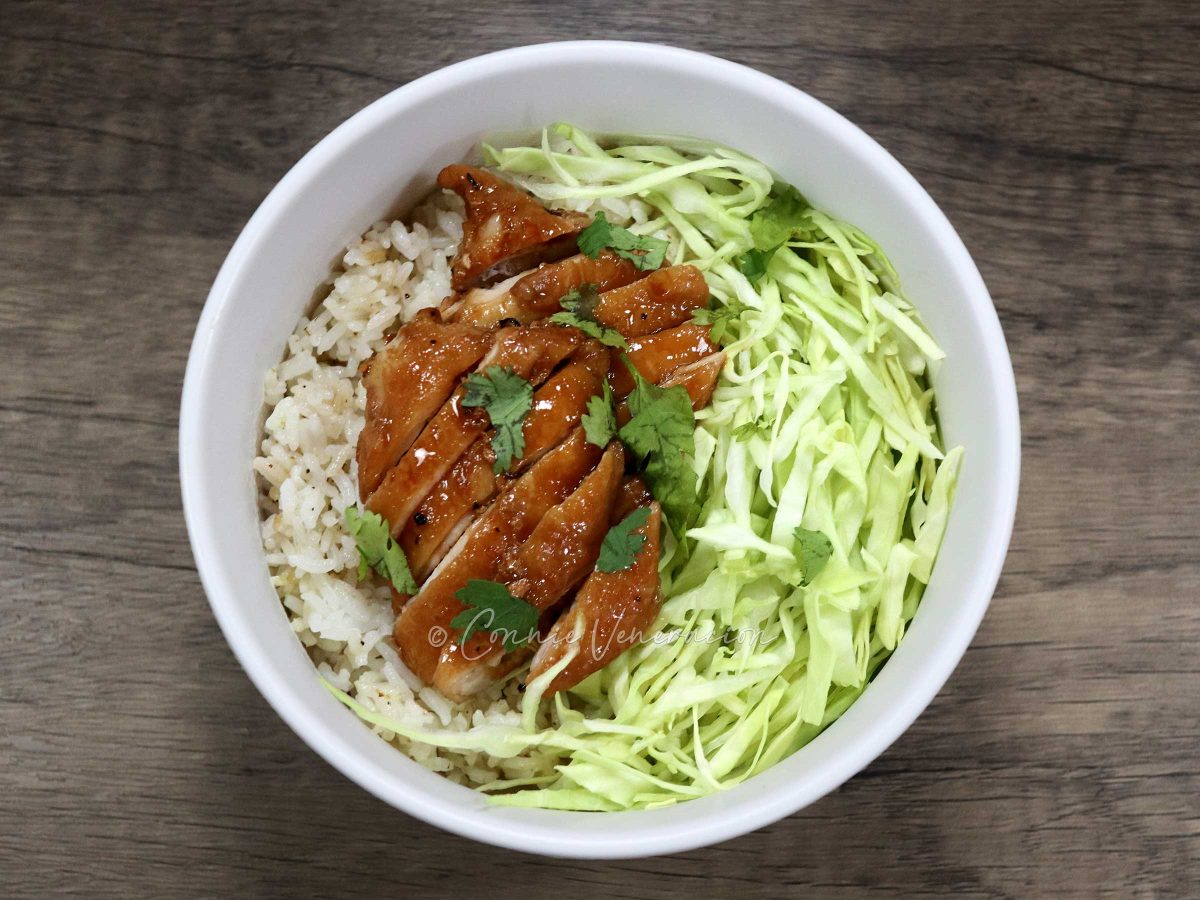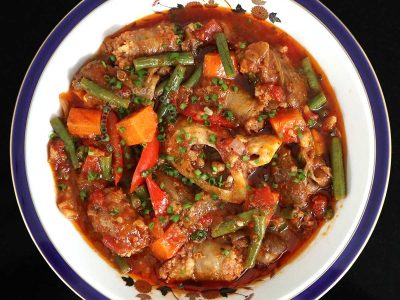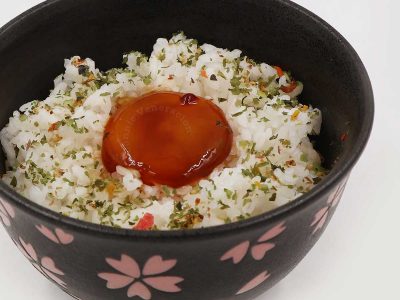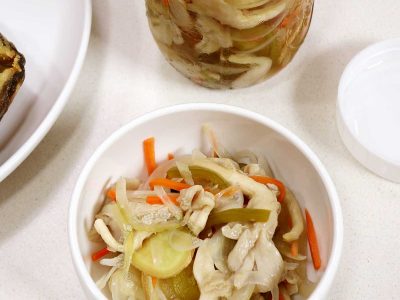Let’s separate fact from fiction, and smart from stupid.
“Adobo” is a Spanish word that literally translates to sauce, seasoning or marinade. In Spanish cookery, the basic ingredients for adobo aresalt, pepper, oregano, garlic, vinegar and paprika. Before there was refrigeration, the mixture was used to preserve meat and fish. It was also used to pickle vegetables. In short, back then, it was a mixture for curing raw food.
As Spain went on to colonize many parts of the world, the use of adobo spread to Latin America and other Spanish colonies. The Philippines was a Spanish colony from 1521 to 1898. When theSpaniardsarrived, they saw that the natives cooked their food with vinegar, garlic and peppercorns too and, because of some similarities with their adobo, the Spaniards referred to those native dishes as adobo.
And that paved the way for the misconception that Filipino adobo is part of the Spanish legacy. It is not. In fact, despite the similarities in some of the ingredients, Filipino adobo is a stew, not a curing method. What it was called before the Spaniards arrived, no one knows today.
There are many regional variants of Filipino adobo but all share three ingredients in common — vinegar, garlic and peppercorns.In some regional variants, the salty component of the stew can be plain salt or patis (fermented fish sauce). Meat or seafood is simmered in the mixture until it soaks up all the flavors of the seasonings and spices, and the liquid turns into a sparse thick sauce. That is Filipino adobo.
Soy sauce is a regional rather than a universal ingredient. Although adobo with soy sauce (adobong itim) has been more popular over the last hundred years or so, adobo without soy sauce (adobong puti) appears to be the original based on historical accounts on how the Spaniards described the dish that they encountered when they arrived.
Variants of adobong puti are still cooked to this day —adobo sa dilaw, cooked with turmeric which gives the dish a distinctive yellow hue, is just one of many. So, it was rather hair-raising to hear someone who calls himself an authority on Filipino food, an ex-blogger who used to conduct food tours in Manila (no, not the late Carlos Celdran), claiming on Anthony Bourdain’s No Reservations that soy sauce is an essential ingredient of Filipino adobo. What a clueless remark that was.
Even more clueless is the recent attempt by the Philippine government to “standardize” the cooking of iconic Filipino dishes including adobo and sinigang. The most well known variants of adobo may be the ones with pork or chicken, or both, but almost anything can be cooked using the basic adobo base of vinegar, garlic and peppercorns.
Sinigang with bangus (milkfish) or pork may be the variants most often cooked in Filipino homes a generation ago, but the sinigang universe has definitely gotten much bigger than that. Perhaps, the proponents of the standardization of popular Filipino food should be reminded that there is more than one souring agent used to cook sinigang — sampalok (tamarind), bayabas (guava), balimbi (kamias) and even green unripe mangoes. And anything from seafood to poultry to meat can be cooked into sinigang.
Standardize the cooking of adobo and sinigang? Oh, come on.
These policy makers ought to remember that our cuisine is part of our identity as a nation. And, as with any living cuisine, ours never ends to evolve too. It is not something to be tweaked, and its evolution repressed, to appeal to the bland palate of the white man.
Updated from a post originally published in July 10, 2014







